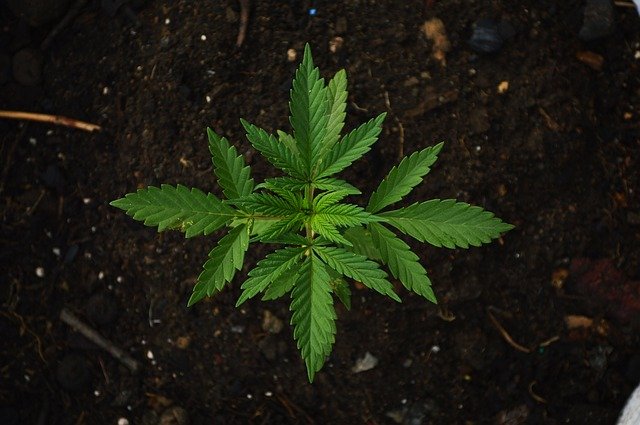From the analysis of a hundred species, it was determined that the domestication of marijuana contributed to its persistence on the planet. Recent research from the University of Lausanne, in Switzerland, ensures that the relationship between human beings and cannabis dates back 12,000 years. Along with wheat and other cereals, the domestication of marijuana was a gradual process that involved textile efforts and the development of traditional medical knowledge in East Asia.
Neolithic roots
Latest study focuses on the genomic side of cannabis. The domestication of marijuana is closely linked to its textile and medicinal use. Starting from the fibers and oil seeds, Neolithic humans used the plant to treat neuralgic ailments, given its analgesic properties.
With a global sample of never-before-seen scale, experts sequenced the complete genomes of more than 100 cannabis specimens, taken from different parts of Asia. With them, the experts realized that, contrary to what was originally believed, the first contact with marijuana did not occur in the center of the continent, but in the easternmost region.
Unknown phylogenetic lines
The diversity of species considered in the sample showed that some traditional and wild Chinese varieties make up a previously unknown genetic line. This species was domesticated at the same time as wheat and barley. It was in this way, moreover, that it spread to other parts of Asia. Over a long period of time, the scientists say, the “evolution of the cannabis genome also suggests that our ancestors would have cultivated the plant for versatile use.”

